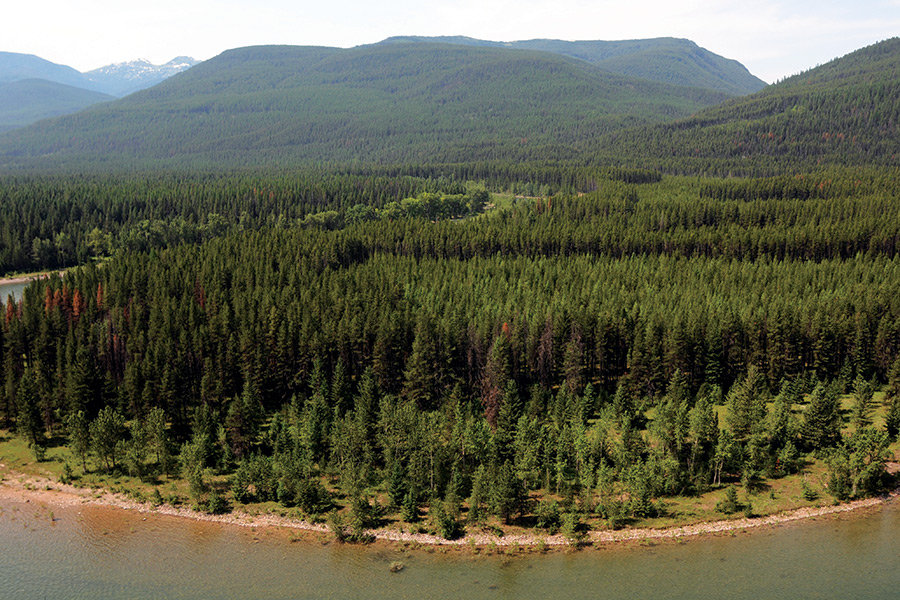Flathead County is receiving the highest share of compensation in the state for its large swath of nontaxable federal land.
The U.S. Department of Interior announced last week that Montana counties are receiving $28.8 million under the 2014 Payments in Lieu of Taxes (PILT) program, including $2.41 million for Flathead County. The local allocation is roughly $250,000 more than last year, and the total amount distributed to the state is the largest amount ever allocated since the program was established in 1976 to provide funds to local governments to offset losses in property taxes due to nontaxable federal lands within the governments’ jurisdictions.
Flathead has 2.44 million acres of federal land, the most in the state followed by Beaverhead County, with 2.05 million acres.
Lincoln County is receiving $628,135 in PILT funding, nearly $40,000 more than last year. Glacier County is receiving $1 million, nearly $70,000 more than a year ago. Lake County gets $417,349, nearly $35,000 more than a year ago and Sanders receives $329,947, almost $26,000 more than 2013.
Montana received the sixth highest amount in the U.S. California received the most of any state, $45.29 million.
The state received $26.49 million last year.
The PILT program was reauthorized for another year through the latest Farm Bill.
“Rural communities in Montana use PILT to improve their schools, build better roads, and pay for essential services,” Sen. Jon Tester said. “These payments are an investment in Montana’s students and our rural way of life, and I will continue supporting PILT and make sure payments quickly get to the ground where they’re needed.”
Only 15 years ago, Flathead County received $823,140 in PILT funding. In 2004, the county received $1.28 million.
PILT funds are added to the county’s general funding, and the commissioners have slated $500,000 to go toward road maintenance and other operations within the Road and Bridge Department.
The county’s strategy in recent years has been to use PILT funds to help tackle large capital projects, such as the $2.6 million renovation of the courthouse in 2010-2011.
A portion of the latest PILT funds will go toward the old jail building renovation behind the courthouse, which could break ground next spring, according to county officials.
Another chunk will help pay for the construction of a new south campus building that could house the Agency on Aging, the county’s maintenance department and other health department services, such as a dental clinic, according to county administrator Mike Pence. The new two-story building is estimated to cost $6 million and would resemble the adjacent Earl Bennett Building on First Avenue West. The county is in the process of acquiring the final property needed to make room for the development, Pence said, and the entire project could break ground and be completed within a couple years.
The Interior Department collects roughly $14 billion in revenue annually from commercial activities on the nation’s federal lands, such as oil and gas leasing, livestock grazing and timber harvesting.
The formula used to compute the payments is based on population, receipt sharing payments, and the amount of federal land within an affected county, according to the Interior Department.
The Obama administration’s latest fiscal year 2015 budget proposes to extend mandatory full funding for the program for another year while a sustainable long-term funding solution is developed for the PILT program.
